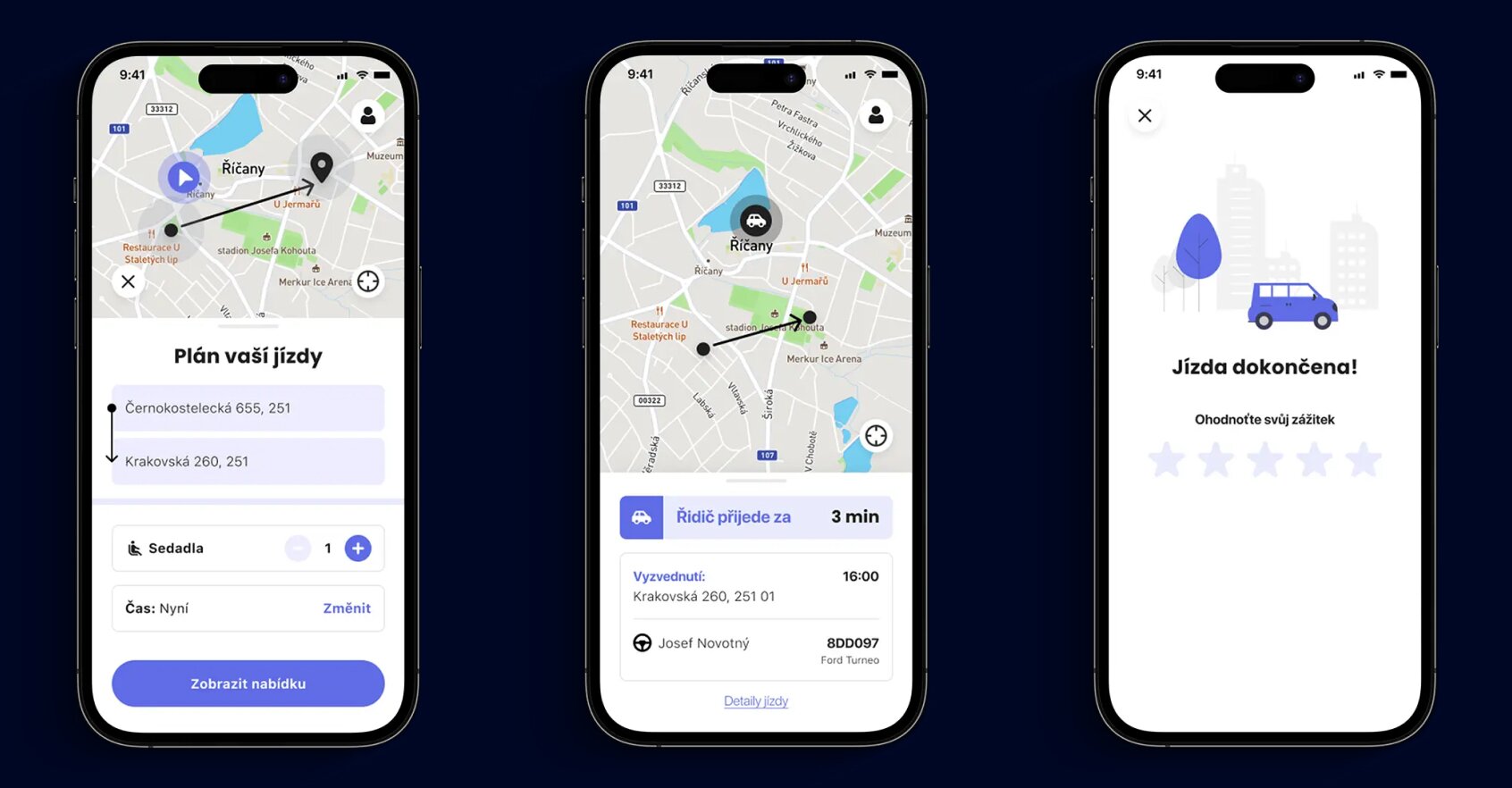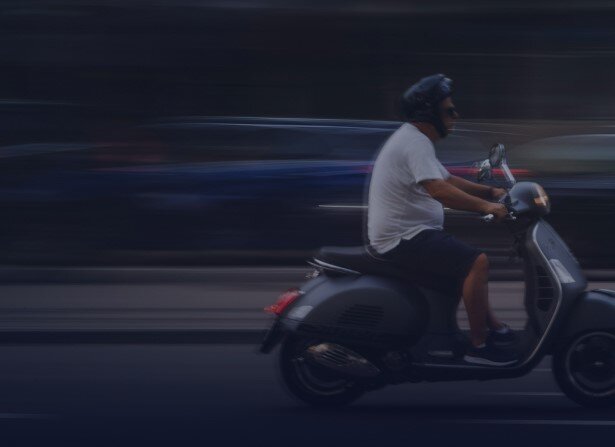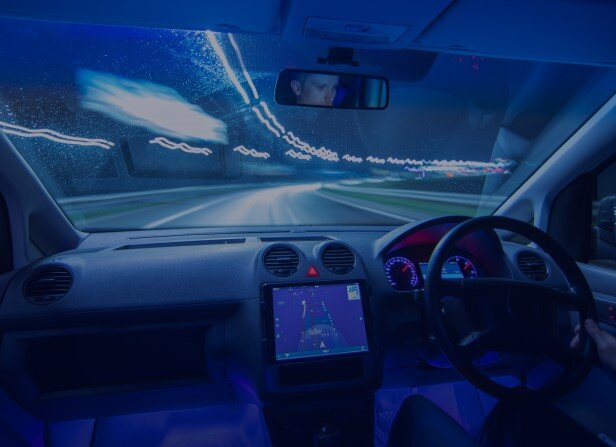$40K
Revenue Lift
Designed and built a platform for a startup, catalyzing $40K in revenue in just 6 months
Achievements
→ 15k Monthly Active Users
→ 4.7* rating on AppStore
→ Running in Czechia, Poland, USA and other countries
→ Built and released in 6 months
Citya was Jimmy’s ideal client. They had a business idea but didn’t have a product and technical background in mobility. We built a platform that helps them to transform the public transportation sector to provide more effective and efficient transportation options. Citya has raised over 2mio. EUR.
Transportation in the outskirts of cities and in regions isn’t effective. The cost of fixed-route, fixed-schedule services can be unusually high relative to demand, for example, at random times of the day. Public transport is heavily underutilised.
Fortunately, our client Citya's bold vision is to change that by providing an on-demand mobility service that helps citizens travel around the city smartly. They faced political challenges but currently, they have clients among cities and regions who understand the power of the platform that we built for them.
Initially, the client wanted to use a white-label platform but it went bankrupt and didn’t even meet their needs for a franchise business model. Therefore we had to define and build the entire platform for the client from scratch.
During the whole project, our Product Owner was getting business requirements and shaping them into product requirements for the engineering team. The design process included UX research workshops, user interviews, and the high-fidelity clickable prototype.
The process was Jimmy’s Framework and the client closely collaborated with the team and attended the most important ceremonies, having access to the repository and other tools. Thanks to this process, the team could plan the 2-week sprints with the client and get a testable increment after the end of the sprint.
Through the transport app, the passenger determines the departure and destination. The system responds to demand by aggregating passenger demand into geographic clusters and then dispatching vehicles to these locations. Once the system allocates vehicles, complex planning occurs, and routes are calculated with boarding and alighting times so that neither passengers' arrival time nor price is negatively affected.
Another advantage is the data that the transport service and cities have on passenger demand and movement, and they can optimise transport accordingly.
From the service perspective the management of cars, drivers' schedules, and preparing data for invoicing allows connecting both individual drivers and entire fleets to the platform. This enables easier scalability in any new or existing locations.
The entire development took 9 months, 1375 May days of work, and the first version was delivered on time for the mobility event and under the budget.
The service started operating in Ricany (Prague), Czech Republic and has scaled internationally.










A ride happens in real time, so it’s vital to be on the same page across all the applications and the platform behind them. For example, when a car is selected by the system for a new ride, but a driver hasn’t accepted it yet and a passenger already wants to cancel it, actions in apps can happen simultaneously. To avoid any potential misunderstandings, all updates should be instant and transparent to everyone.
We designed a mechanism that makes data exchange between passengers and drivers seamless and informative.


